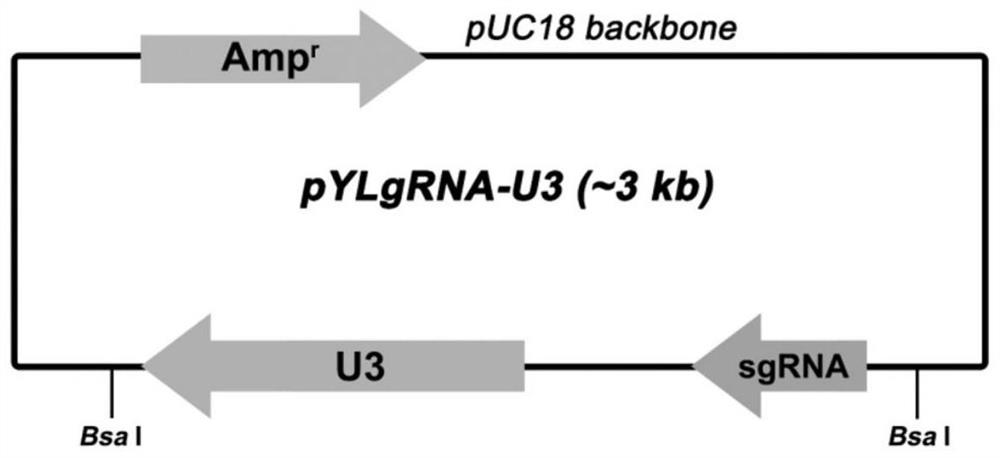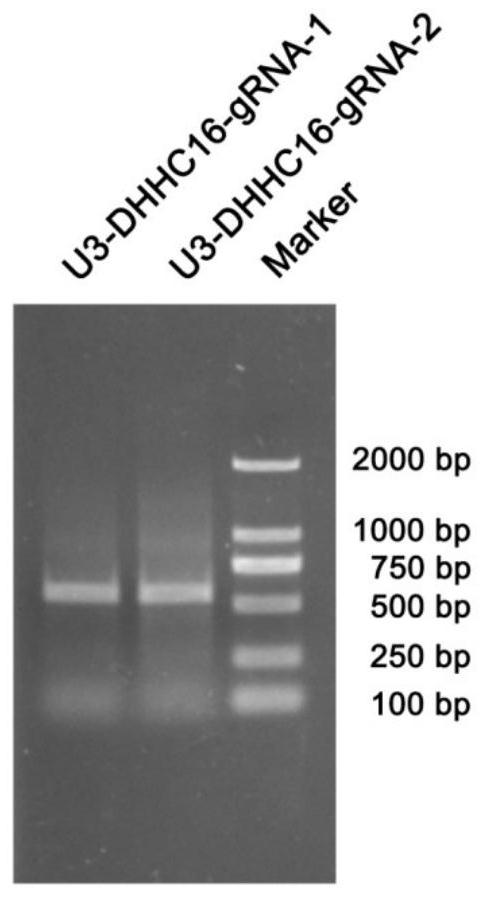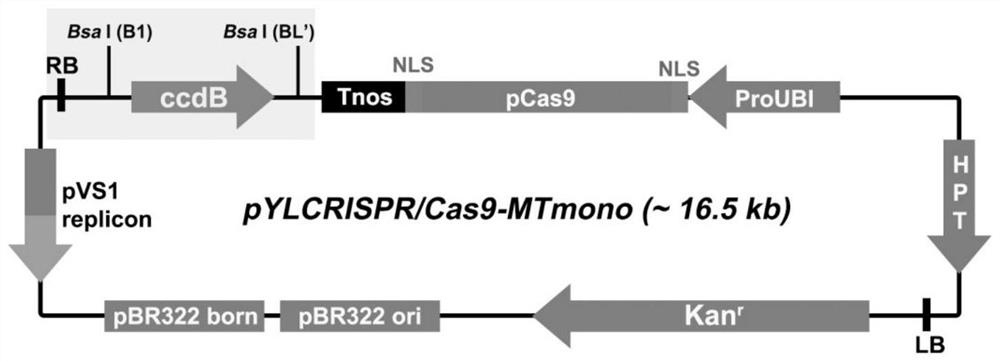Protein palmitoyl transferase DHHC16 and application thereof in improving salt tolerance of rice
A rice and protein technology, applied in the biological field, can solve problems such as threats to the safe production of rice
- Summary
- Abstract
- Description
- Claims
- Application Information
AI Technical Summary
Problems solved by technology
Method used
Image
Examples
Embodiment 1
[0086] Embodiment 1, the cloning of rice protein palmitoyl transferase DHHC16
[0087] The cDNA of rice 9522 was used as a template, and DH16-FL-F (5'-ATGGAGCAGCAGCCGCTGCT-3') and DH16-FL-R (5'-CTAAAGAAGTTTTGAGCTCG-3') were used as primers for PCR amplification. The amplified product is a DNA fragment with a size of about 1000bp. After sequencing and identification, the DNA fragment is 1050bp in length, which is the DHHC16 gene. In the sequence list, SEQ ID No.2, the DHHC16 gene encodes a protein palmitoyl transferase DHHC16 consisting of 349 amino acid residues. For the amino acid sequence of DHHC16, see SEQ ID No. 1. In rice 9522, the genomic DNA of the DHHC16 gene is 4025bp in full length, and its sequence is shown in SEQ ID No.3, which includes 4 exons, namely, the 183-208th, 1341-1575th, 1341-1575th, and No. 1697-1993, No. 2093-2584.
Embodiment 2
[0088] Example 2, Selection of rice DHHC16 target site and construction of site-directed editing vector
[0089] In this example, the rice DHHC16 gene was edited through the CRISPR-Cas9 system, and it was found that the DHHC16 gene and its encoded protein DHHC16 can regulate the salt tolerance of rice. The steps are as follows:
[0090] 1. Selection of target site sequence
[0091] The 1911-1930 positions of the genomic DNA of the DHHC16 gene (ie, the 1911-1930 positions of SEQ ID No. 3) were selected as the target sequence of the CRISPR-Cas9 system, which was located on the third exon of the DHHC16 gene.
[0092] 2. Construction of fixed-point editing recombination vector
[0093] 1. Construction of intermediate vector pYLgRNA-U3-DHHC16
[0094] (1) Design and synthesis of DHHC16 target site linker primers
[0095] Add GGCA before the 5' end of the sense strand of the target sequence, and add AAAC before the 5' end of the antisense strand to obtain the target site adapter ...
PUM
 Login to View More
Login to View More Abstract
Description
Claims
Application Information
 Login to View More
Login to View More - R&D
- Intellectual Property
- Life Sciences
- Materials
- Tech Scout
- Unparalleled Data Quality
- Higher Quality Content
- 60% Fewer Hallucinations
Browse by: Latest US Patents, China's latest patents, Technical Efficacy Thesaurus, Application Domain, Technology Topic, Popular Technical Reports.
© 2025 PatSnap. All rights reserved.Legal|Privacy policy|Modern Slavery Act Transparency Statement|Sitemap|About US| Contact US: help@patsnap.com



